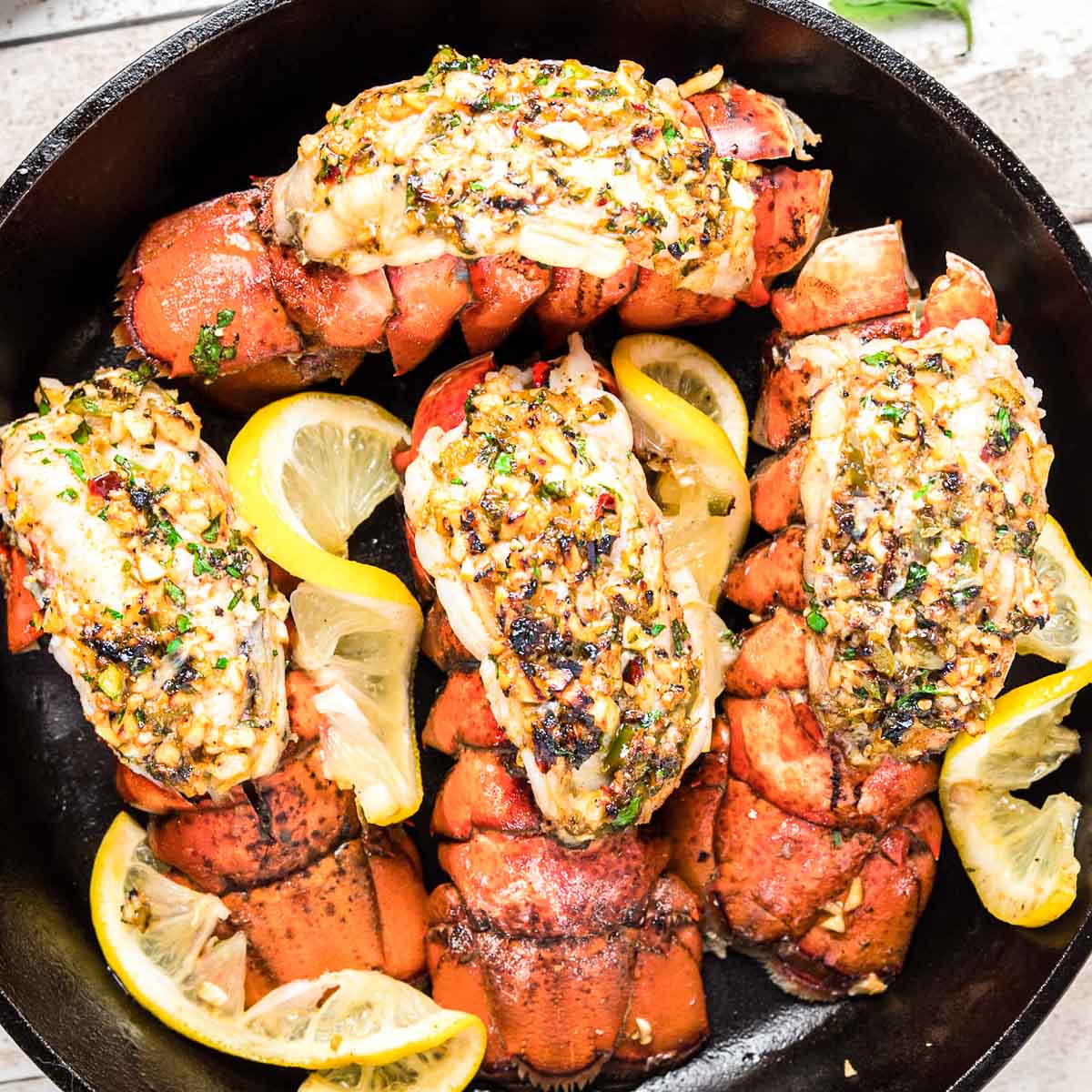

Articles
How To Cook Lobster Tail On Stove Top
Modified: December 7, 2023
Learn how to cook lobster tail on the stove top with our informative articles. Discover step-by-step instructions and expert tips for a delicious meal.
(Many of the links in this article redirect to a specific reviewed product. Your purchase of these products through affiliate links helps to generate commission for Storables.com, at no extra cost. Learn more)
Introduction
When it comes to indulging in a luxurious seafood dish, few things can rival the succulent and buttery taste of lobster tail. Whether you’re preparing a special dinner for guests or simply treating yourself to a gourmet meal, knowing how to cook lobster tail on the stovetop can elevate your culinary skills to a whole new level.
In this article, we will guide you through the step-by-step process of preparing and cooking lobster tail on the stovetop. From choosing the perfect lobster tail to seasoning it just right, we will cover everything you need to know to create a memorable and mouthwatering dish.
With a few key tips and tricks up your sleeve, you can master the art of cooking lobster tail and impress your family and friends. So, let’s dive in and discover the secrets to creating a restaurant-quality lobster tail right in your own kitchen.
Key Takeaways:
- Elevate your culinary skills with a succulent lobster tail cooked on the stovetop. From preparation to serving, master the art of creating a gourmet dining experience at home.
- Experiment with flavorful seasonings and gentle cooking techniques to achieve tender, juicy, and restaurant-quality lobster tail. Impress your guests and indulge in a luxurious seafood delight.
Read more: How To Cook Lobster Tail In Air Fryer
Preparing the Lobster Tail
Before you begin cooking the lobster tail, it’s important to properly prepare it for the best results. Follow the steps below to ensure your lobster tail is ready for the stovetop:
- Thaw the lobster tail: If you have frozen lobster tails, you’ll need to thaw them before cooking. The best way to do this is by placing the lobster tails in the refrigerator overnight. If you’re short on time, you can also thaw them by placing them in a sealed plastic bag and immersing them in cold water for about 30 minutes.
- Remove the shell: Once the lobster tail is thawed, you’ll need to remove the shell. Lay the lobster tail on a cutting board with the back facing up. Using kitchen shears or a sharp knife, carefully cut through the shell lengthwise, starting from the top where the tail meets the body, all the way to the end of the tail. Be cautious not to cut into the meat.
- Expose the meat: Gently lift the cut sides of the shell and spread them apart, revealing the meat. Be sure to keep the shell attached at the base of the tail for presentation purposes.
- Remove the vein: Look for a dark vein running through the lobster meat. This is the digestive tract and should be removed for aesthetic reasons. You can easily pull it out with your fingers or use a small knife to lift it out.
Once you have completed these steps, your lobster tail is now ready to be seasoned and cooked. Preparing the lobster tail properly ensures that it cooks evenly and retains its moisture, resulting in a tender, flavorful dish.
Seasoning the Lobster Tail
Now that you have prepared the lobster tail, it’s time to enhance its natural flavors with a delicious seasoning. Here are a few ways to season your lobster tail:
- Classic Lemon Butter: Melt some butter in a small saucepan and squeeze in the juice of a fresh lemon. Add minced garlic, salt, and pepper to taste. Brush this mixture generously over the exposed meat of the lobster tail before cooking. This combination of flavors adds a tangy and savory element to the lobster.
- Herb Infusion: Create an herb-infused oil by combining olive oil with your choice of fresh herbs such as thyme, parsley, or tarragon. You can also add minced garlic, salt, and pepper for extra zest. Brush the infused oil over the lobster tail, allowing the flavors to seep into the meat during cooking.
- Cajun Spice Rub: For a little heat, try a Cajun spice rub. Mix together paprika, garlic powder, onion powder, cayenne pepper, dried thyme, dried oregano, salt, and black pepper. Sprinkle the spice rub evenly over the lobster tail for a bold and smoky flavor.
- Asian Fusion: Combine soy sauce, honey, grated ginger, minced garlic, and sesame oil to create an Asian-inspired marinade. Brush the marinade onto the lobster tail before cooking for a sweet and savory twist.
Feel free to experiment with different seasonings and flavors to suit your taste preferences. The key is to coat the lobster tail with the seasoning of your choice, ensuring that every bite is bursting with flavor.
Cooking the Lobster Tail
Now that your lobster tail is properly prepared and seasoned, it’s time to cook it to perfection on the stovetop. Follow these steps for a deliciously cooked lobster tail:
- Heat a skillet: Place a skillet or frying pan over medium-high heat and add a tablespoon of oil or clarified butter. Allow the pan to preheat until the oil starts to shimmer.
- Place the lobster tail in the skillet: Gently place the seasoned lobster tail, shell side down, in the hot skillet. This will help to sear the shell and infuse the meat with flavor.
- Cook for a few minutes: Let the lobster tail cook for 3-4 minutes, until the shell starts to turn bright red and the meat becomes opaque.
- Flip the lobster tail: Using tongs or a spatula, carefully flip the lobster tail onto its meat side. This allows the fully cooked side to soak in the juices and continue cooking.
- Cook for a few more minutes: Cook the lobster tail for an additional 2-3 minutes, until the meat is firm and opaque throughout. Be careful not to overcook, as it can result in a rubbery texture.
Depending on the size of the lobster tail, cooking times may vary. It’s always a good idea to keep a close eye on the lobster to ensure it’s cooked to your desired level of doneness. Overcooking can make the meat tough and dry, while undercooking can leave it underwhelming in flavor.
Once the lobster tail is cooked, it’s time to move on to the next step – checking for doneness.
When cooking lobster tail on the stove top, be sure to use a large pot with plenty of water to fully submerge the tails. Add salt to the water for flavor and boil for 8-12 minutes until the meat is opaque and firm.
Checking for Doneness
Determining whether your lobster tail is cooked to perfection is crucial to ensuring a delectable dining experience. Here are some indicators to help you check for doneness:
- Texture: The lobster meat should be firm and opaque throughout. It should have a springy texture when gently pressed. If it feels mushy or translucent, it’s undercooked, and if it feels rubbery or tough, it’s overcooked.
- Internal Temperature: Use a meat thermometer to check the internal temperature of the lobster tail. Insert the thermometer into the thickest part of the meat but avoid touching the shell. The lobster is safe to eat when the internal temperature reaches 145°F (63°C).
- Color: The lobster meat should have turned from translucent to fully opaque, with a pearly-white color. This indicates that the proteins in the meat have cooked and set properly.
- Juices: When you gently press the lobster meat, clear juices should come out. If the juices are still milky or raw-looking, it needs more cooking time.
Remember that cooking times can vary depending on the size and thickness of the lobster tail. It’s always better to slightly undercook the lobster tail, as residual heat will continue cooking it even after it’s removed from the heat source.
Once you’re confident that the lobster tail is cooked to perfection, it’s time to move on to the final step – serving the lobster tail.
Serving the Lobster Tail
Now that your lobster tail is cooked to perfection, it’s time to plate it up and savor its exquisite flavors. Here are a few tips for serving the lobster tail:
- Remove from the skillet: Carefully remove the cooked lobster tail from the skillet using tongs or a spatula. Allow any excess oil or butter to drain off before transferring it to a serving platter.
- Garnish: Give your lobster tail an extra touch of elegance by garnishing with fresh herbs such as parsley or chives. This adds a pop of color and freshness to the dish.
- Lemon wedges: Serve the lobster tail with lemon wedges on the side. The citrusy tang of lemon juice complements the rich flavors of the lobster meat.
- Dipping sauce: Offer a variety of dipping sauces to enhance the taste of the lobster tail. Classic options include melted butter, garlic aioli, or a tangy cocktail sauce.
- Side dishes: Accompany your lobster tail with complementary side dishes. Some popular choices include buttery mashed potatoes, steamed vegetables, or a crisp green salad.
Remember to serve the lobster tail immediately while it’s still hot and at its freshest. The tender and succulent meat will truly shine when enjoyed right away.
Now that you know how to prepare, season, cook, and serve lobster tail on the stovetop, it’s time to put your newfound skills to the test. Whether it’s a special occasion or a delightful weeknight meal, cooking lobster tail at home will surely impress your guests and add a touch of gourmet finesse to your culinary creations.
Tips and Tricks
Mastering the art of cooking lobster tail on the stovetop requires some finesse. Here are a few tips and tricks to help you achieve the best results:
- Choose high-quality lobster tails: Opt for fresh or frozen lobster tails from a reputable source. Look for tails that are firm, have a vibrant color, and are free from any odor.
- Be mindful of cooking times: Lobster tails come in various sizes, and cooking times may vary accordingly. Keep a close eye on the lobster tail while cooking to prevent overcooking.
- Don’t be afraid to experiment with flavors: Lobster tail is incredibly versatile and can be paired with a wide range of seasonings and marinades. Explore different flavors to find your personal favorite.
- Preheat the skillet: Ensure your skillet is properly preheated before adding the lobster tail. This helps to achieve a nice sear and locks in the flavors.
- Use clarified butter: Clarified butter has a higher smoke point and eliminates the milk solids found in regular butter. This makes it ideal for cooking the lobster tail without burning.
- Keep it simple: Sometimes, the natural flavors of the lobster tail can shine without heavy seasoning. A simple brushing of melted butter, salt, and pepper can be enough to let the lobster take center stage.
- Be gentle when flipping: When flipping the lobster tail in the skillet, use tongs or a spatula to avoid damaging the delicate meat.
- Experiment with different cooking techniques: While stovetop cooking is popular, you can also try grilling or broiling your lobster tail for a slightly different flavor and texture.
Remember, practice makes perfect. Don’t be discouraged if your first attempt isn’t flawless. With time and experience, you’ll become more confident and skilled in cooking lobster tail on the stovetop.
Conclusion
Cooking lobster tail on the stovetop can elevate your culinary prowess and create a gourmet dining experience right in the comfort of your own home. By following the steps outlined in this article, you can master the art of preparing, seasoning, and cooking lobster tail to perfection.
From thawing and removing the shell to checking for doneness and serving, each step is crucial in creating a succulent and flavorful lobster tail. The key lies in the quality of the lobster tail, the right seasoning, and proper cooking techniques.
Remember to experiment with different flavors and seasonings to create a dish that suits your palate. Whether you prefer classic lemon butter, a spicy Cajun rub, or an Asian-inspired marinade, there are endless possibilities to enhance the natural taste of the lobster tail.
By being mindful of cooking times, preheating the skillet properly, and practicing gentle handling, you can ensure that the lobster tail is cooked just right – tender, juicy, and full of flavor. And don’t forget to garnish, serve with lemon wedges, and offer a selection of dipping sauces for an exquisite presentation.
Now armed with the knowledge and tips provided in this article, it’s time to put your skills to the test and impress your family and friends with a restaurant-quality lobster tail on the stovetop.
So go ahead, indulge in this luxurious seafood delight, and enjoy the admiration and satisfaction that comes with mastering the art of cooking lobster tail on the stovetop.
Frequently Asked Questions about How To Cook Lobster Tail On Stove Top
Was this page helpful?
At Storables.com, we guarantee accurate and reliable information. Our content, validated by Expert Board Contributors, is crafted following stringent Editorial Policies. We're committed to providing you with well-researched, expert-backed insights for all your informational needs.
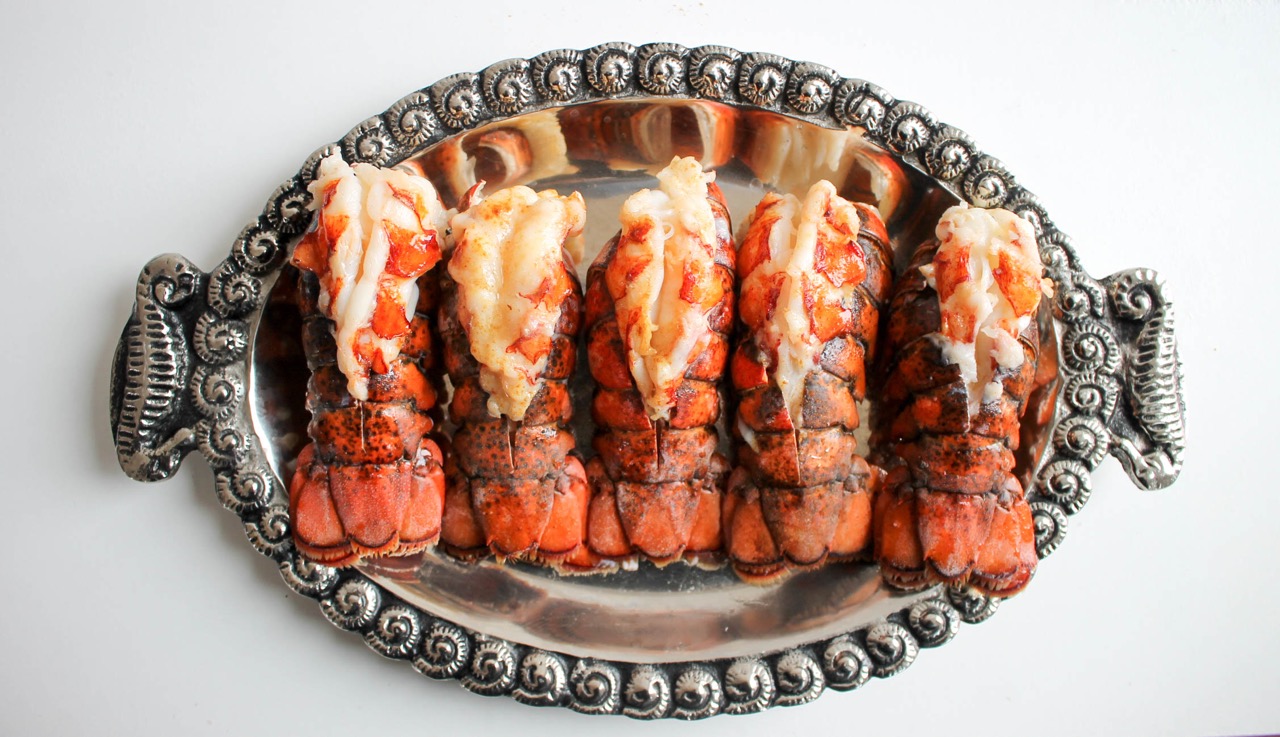
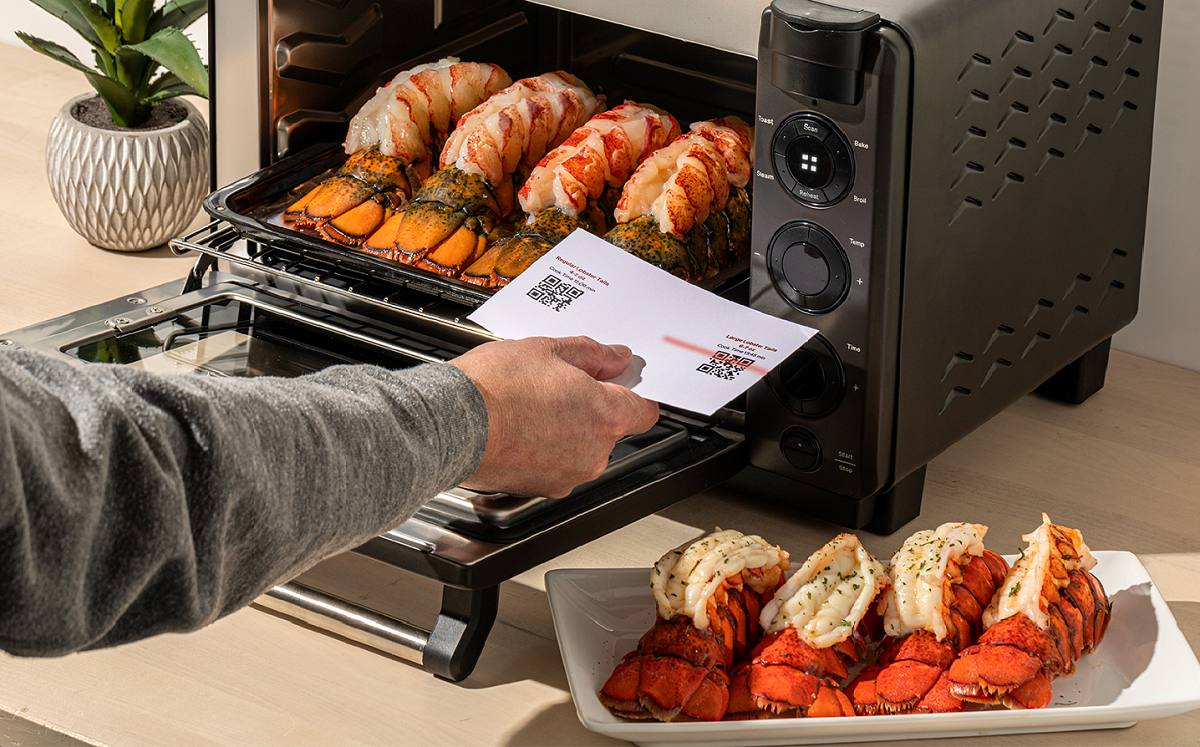
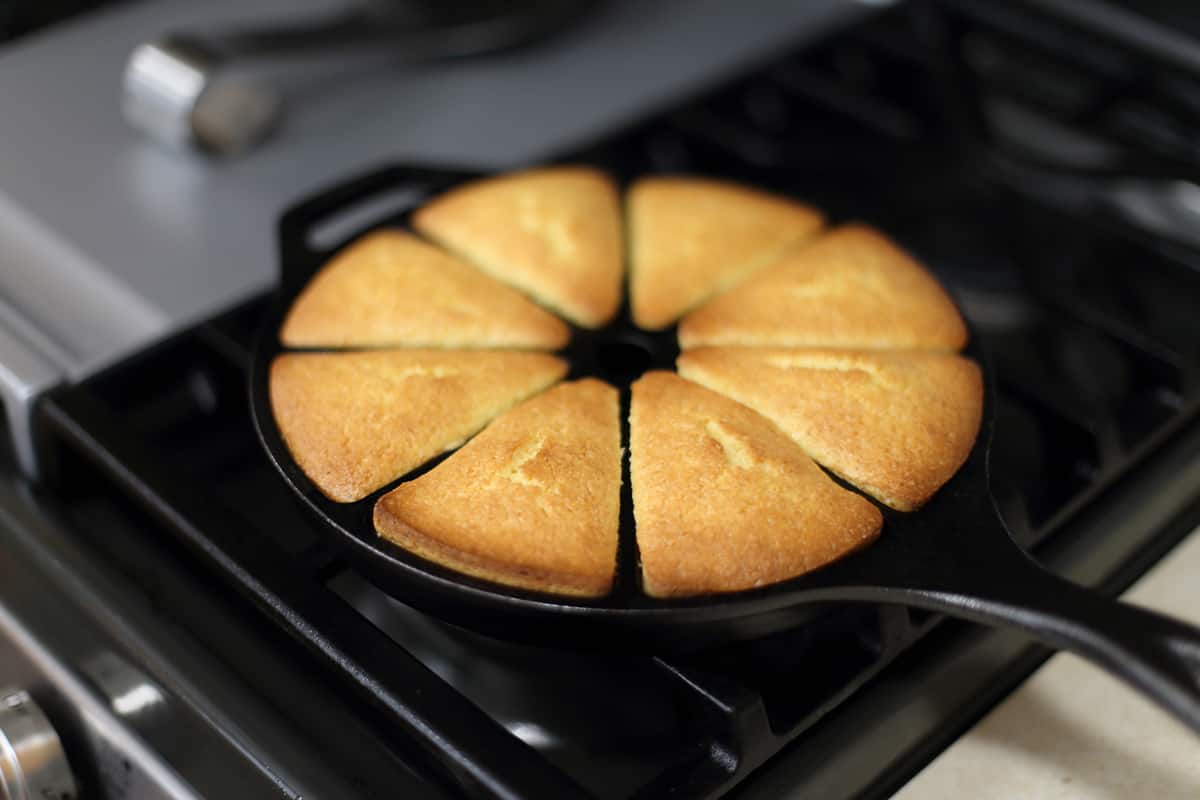
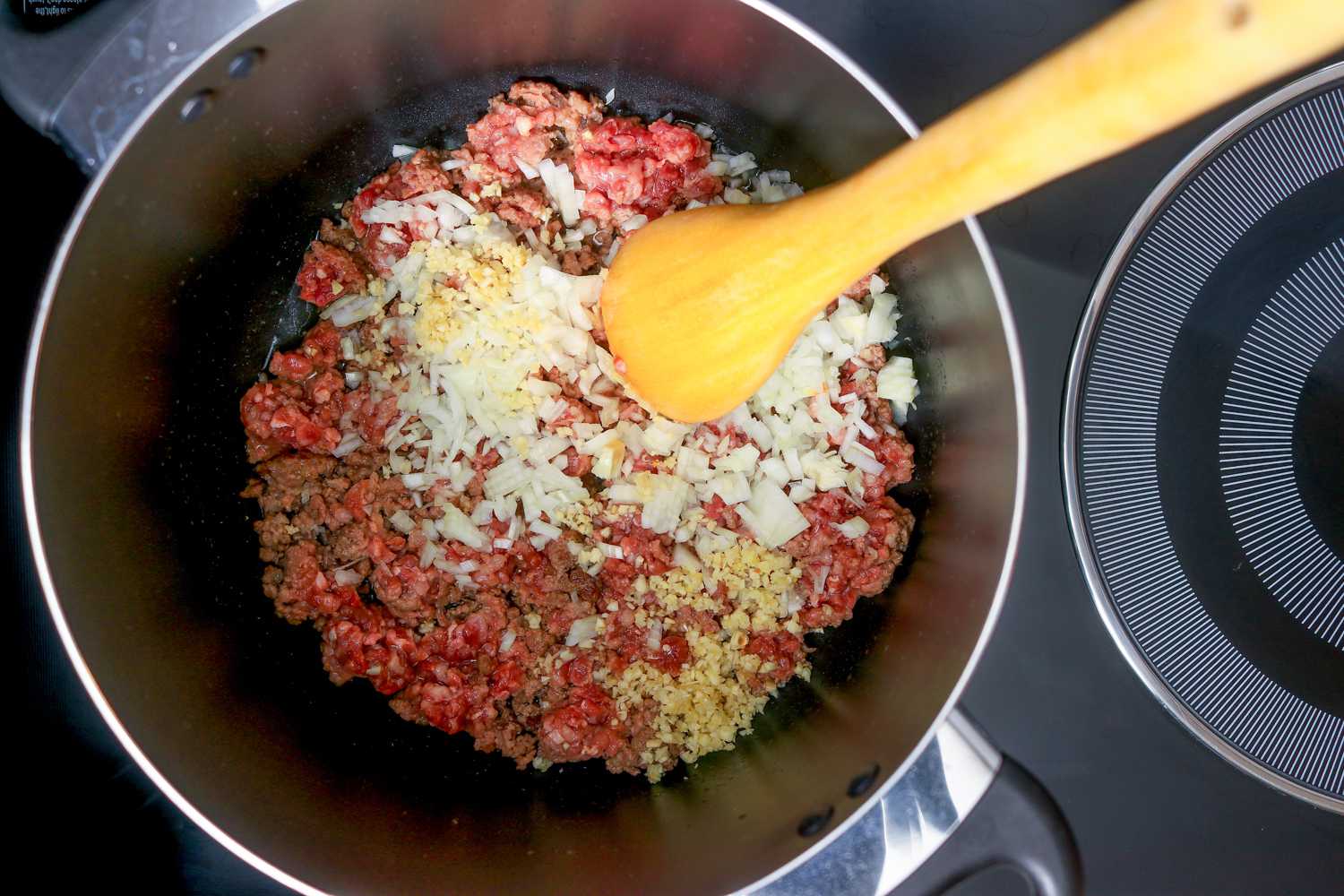

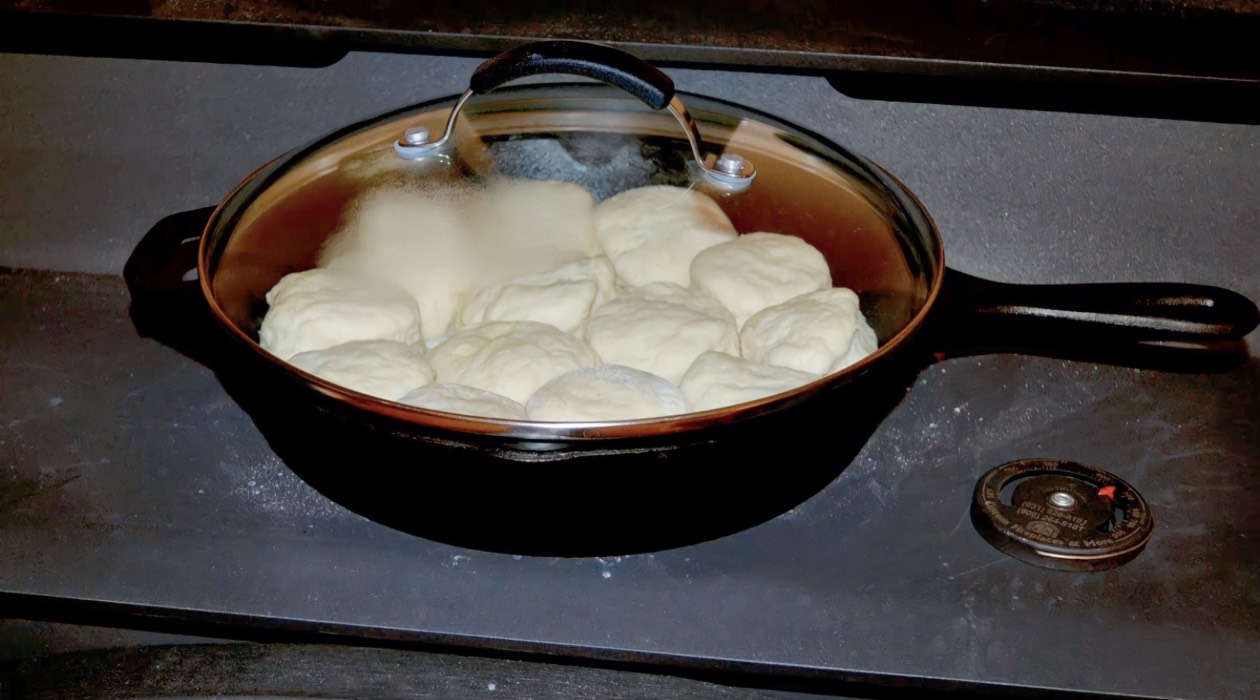
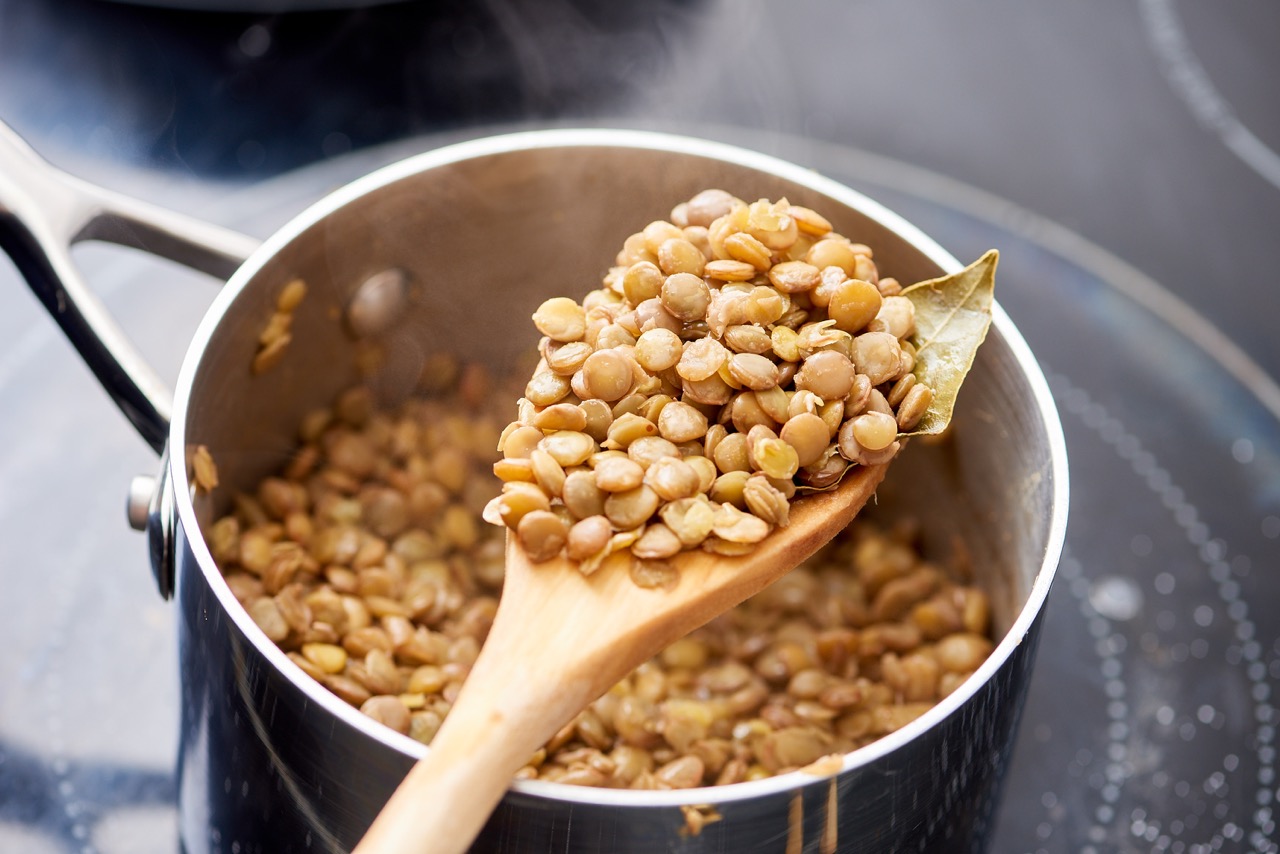

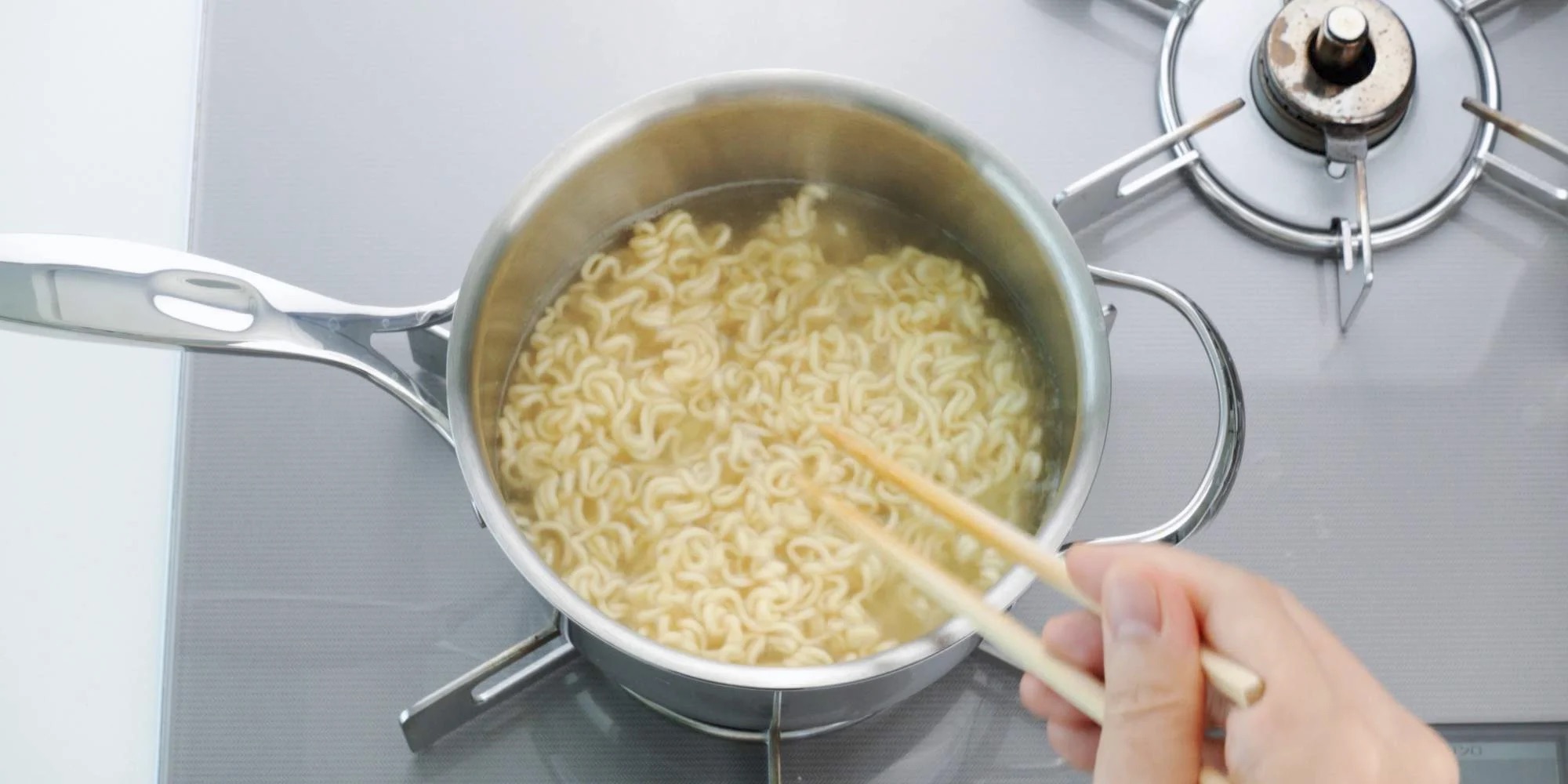
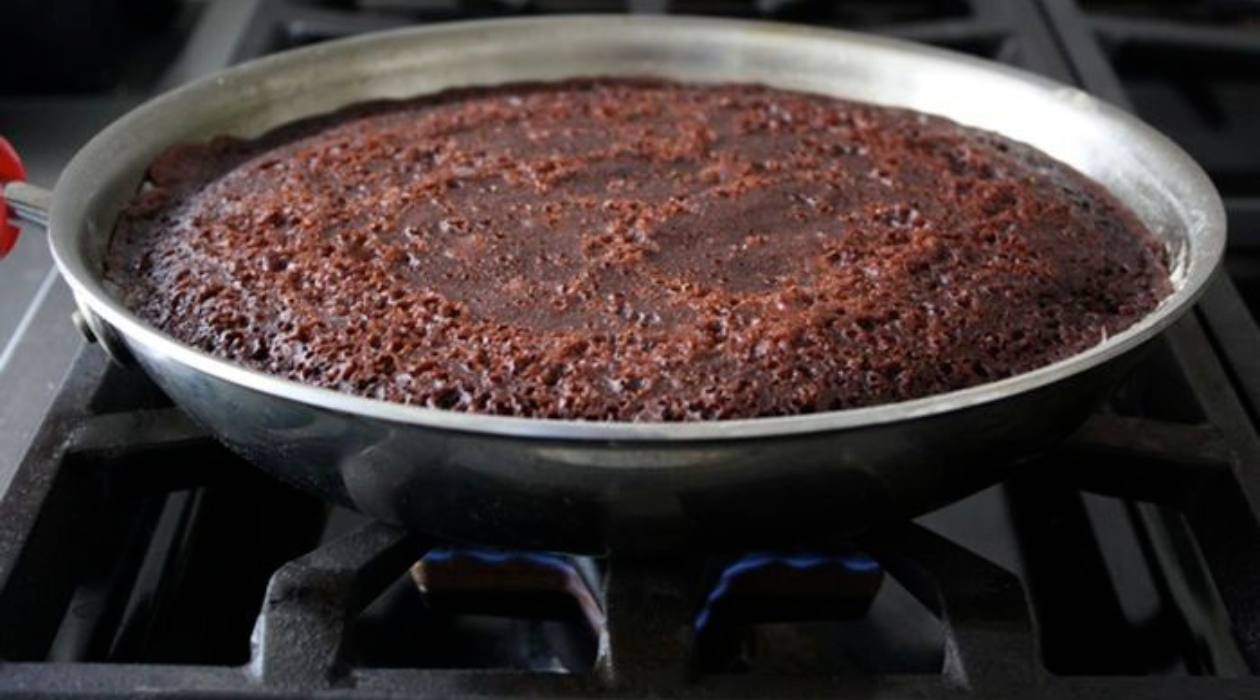
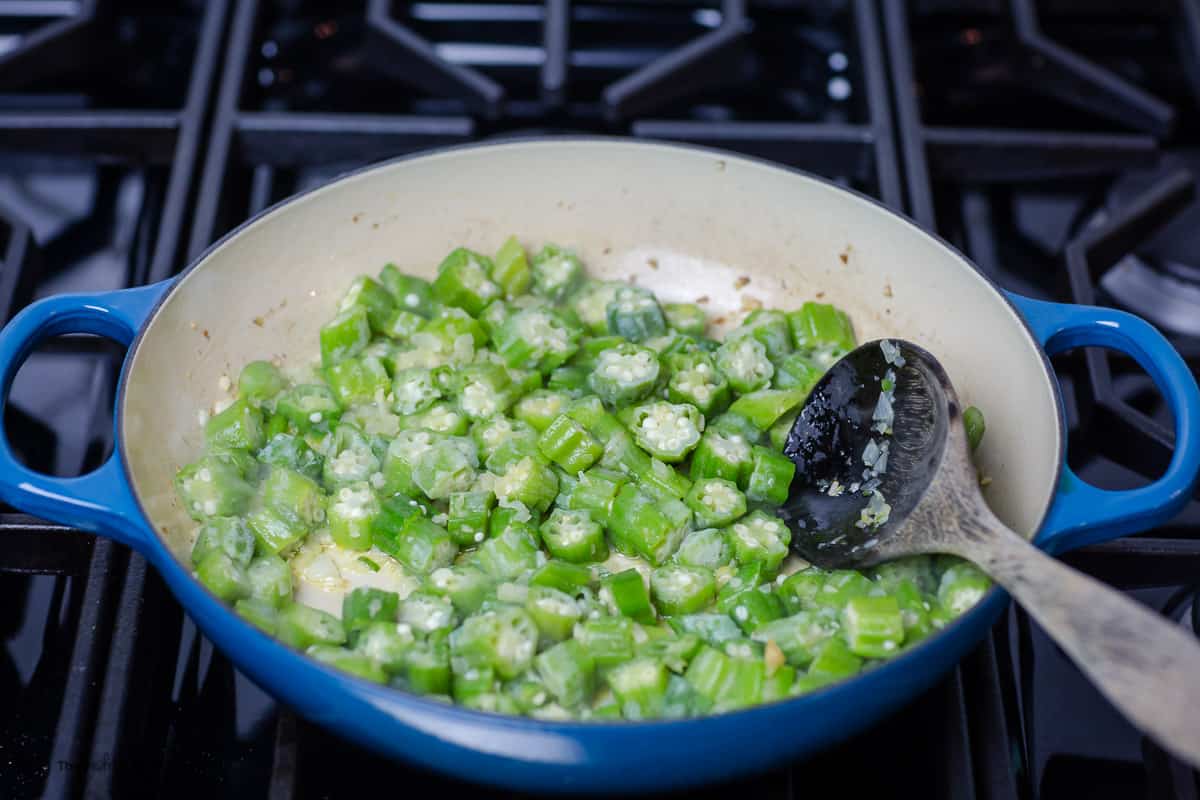
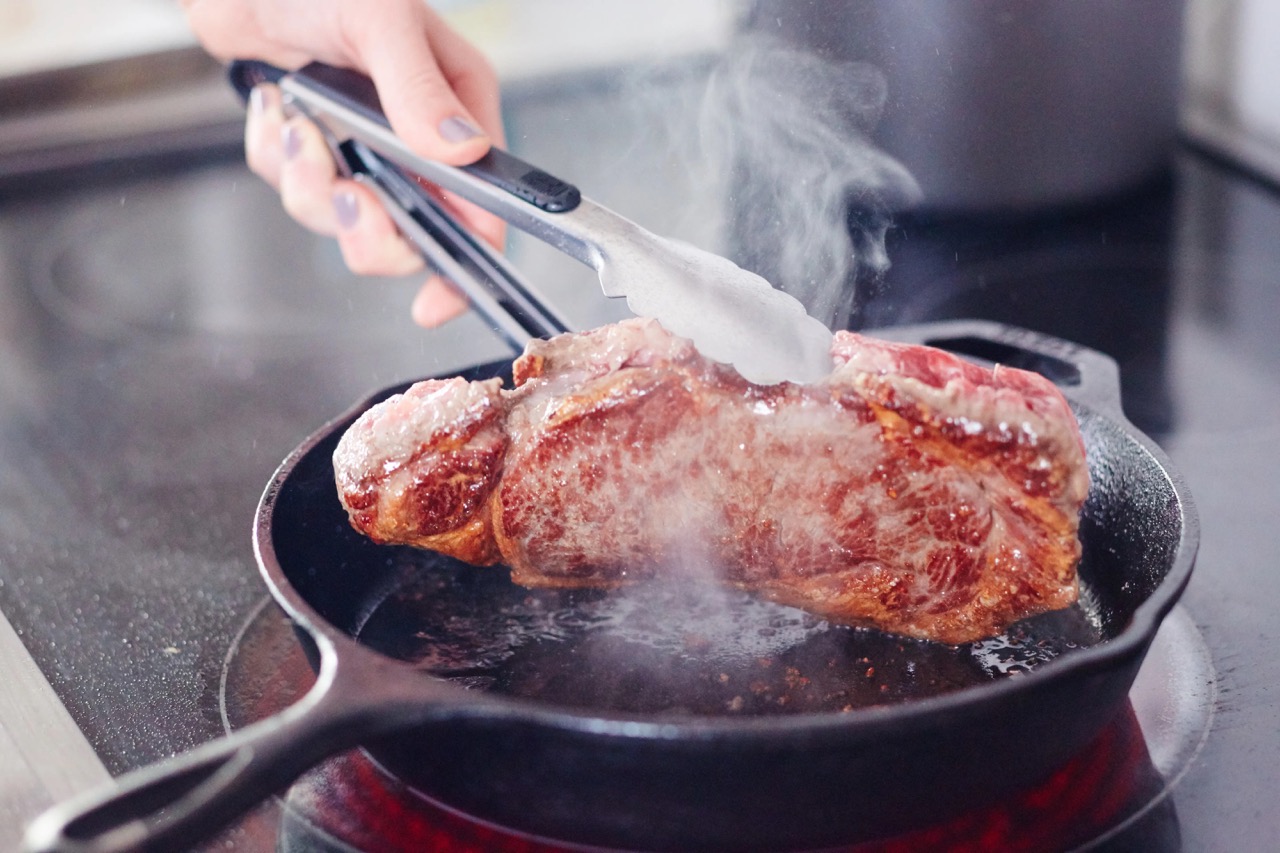
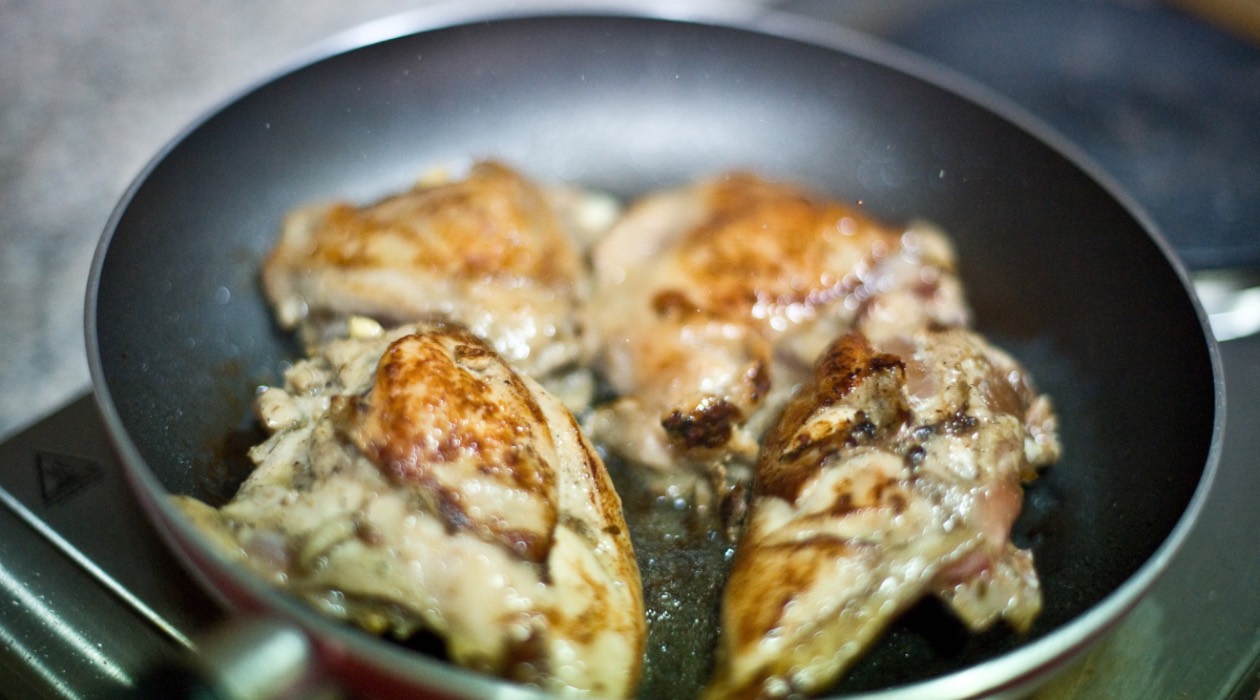
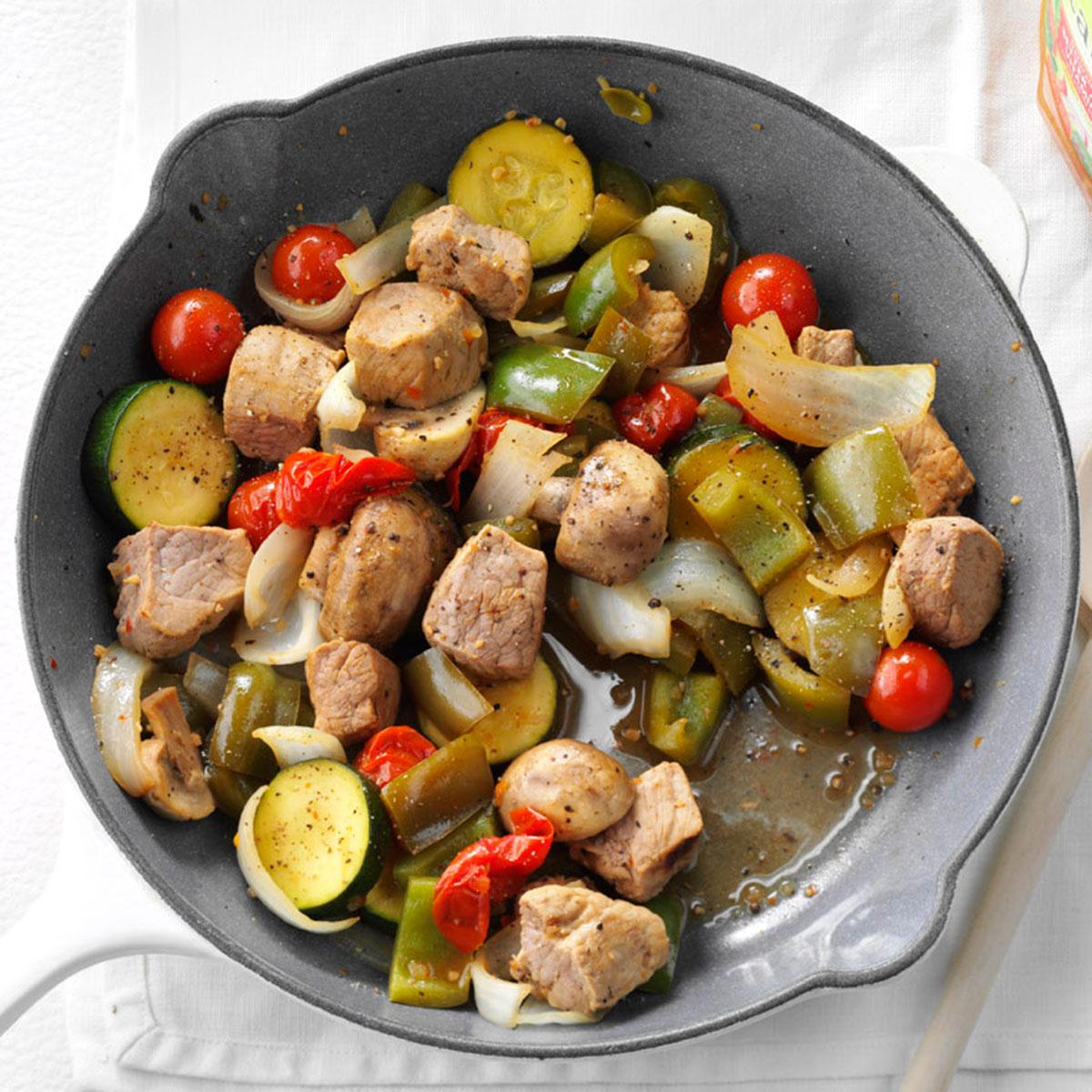

0 thoughts on “How To Cook Lobster Tail On Stove Top”